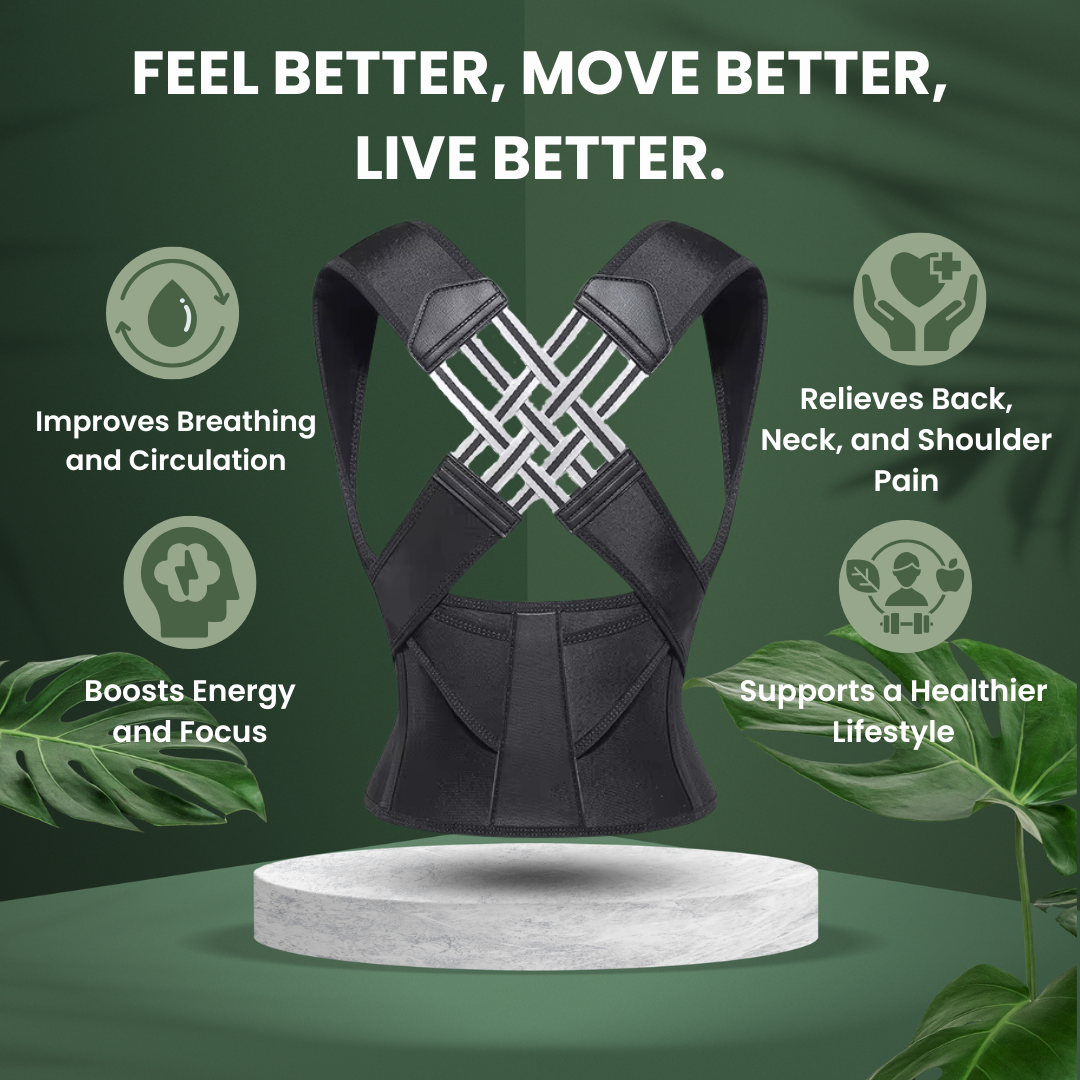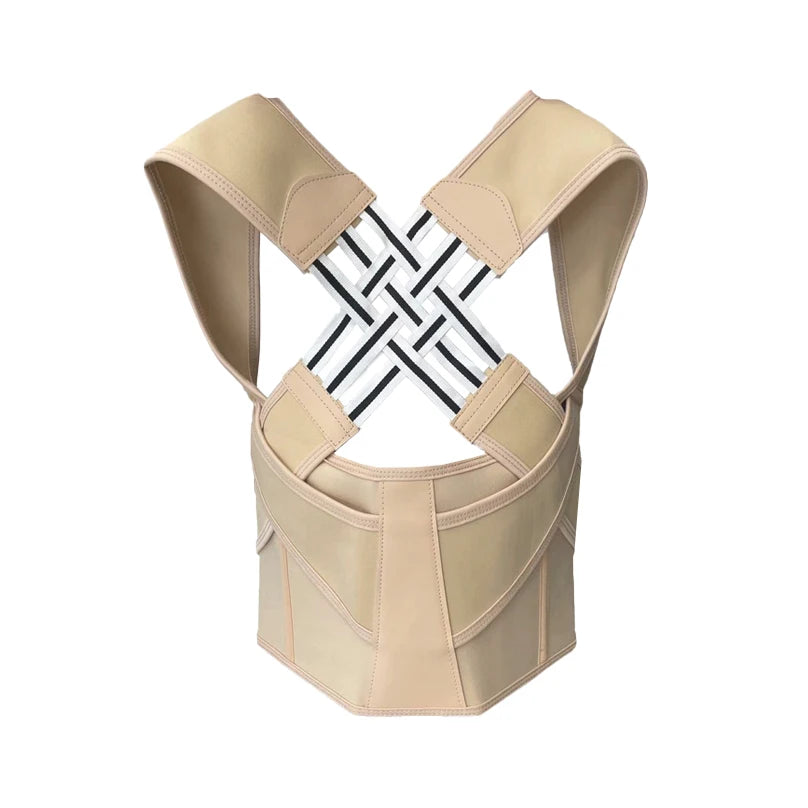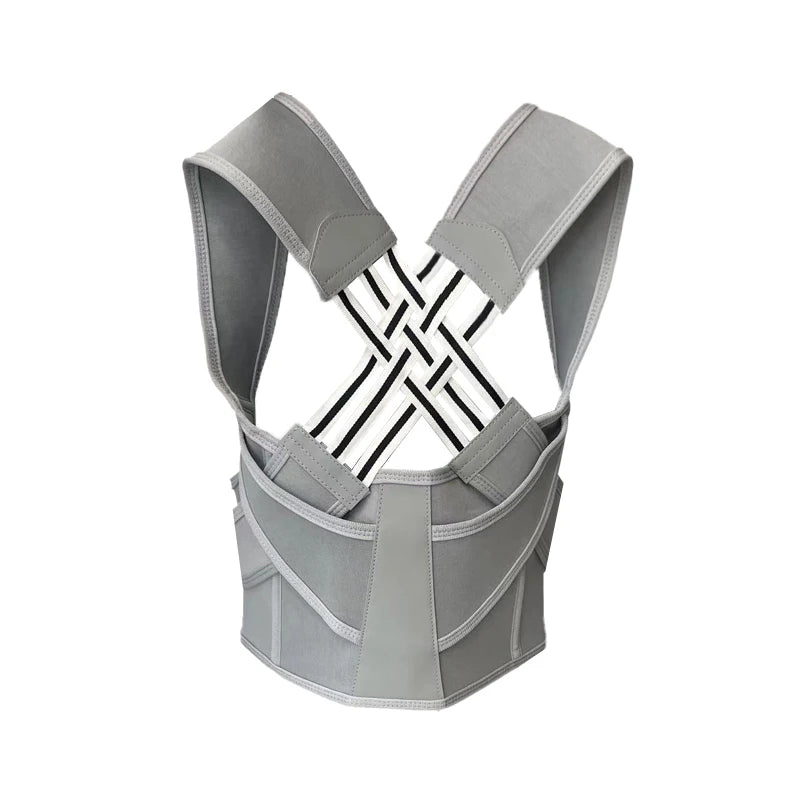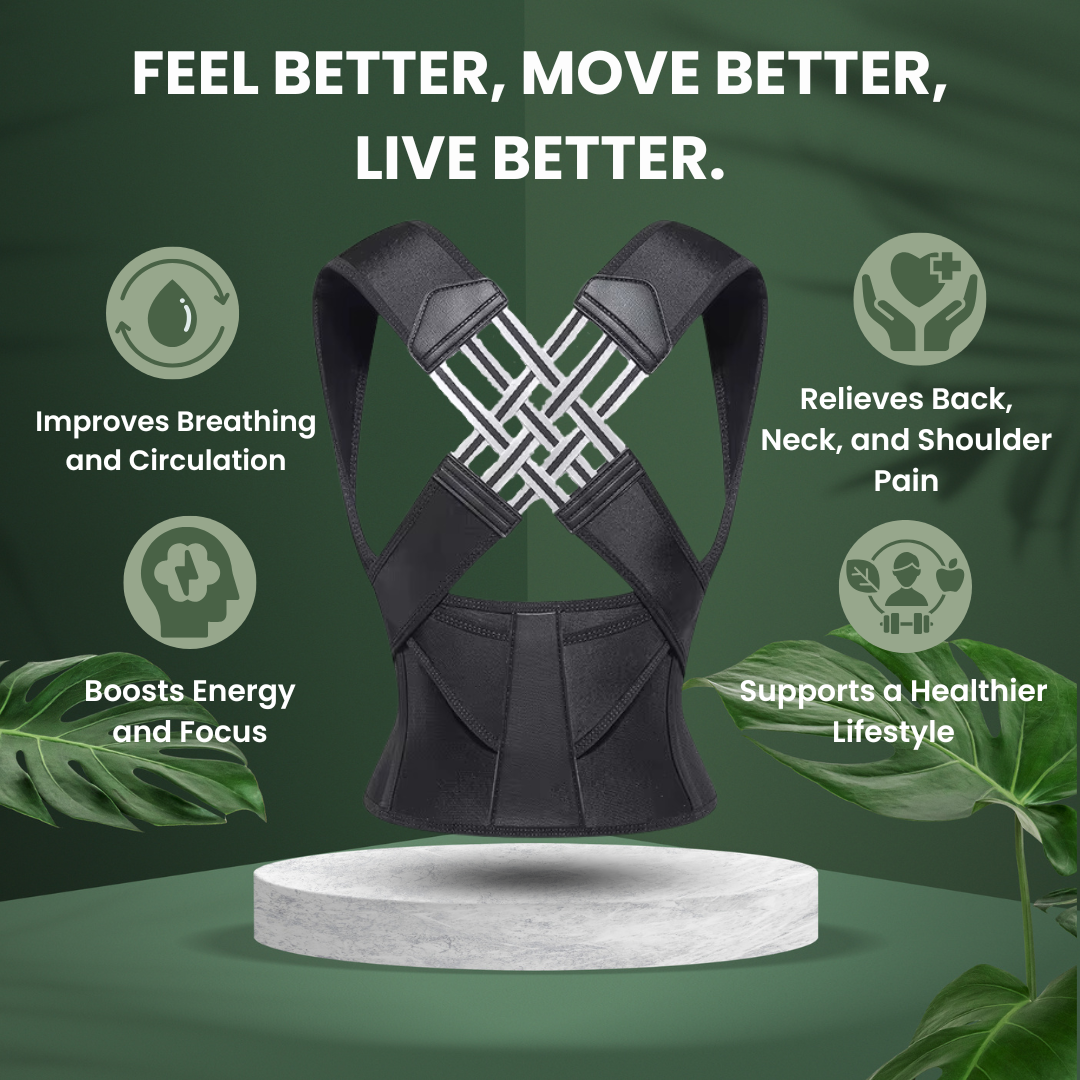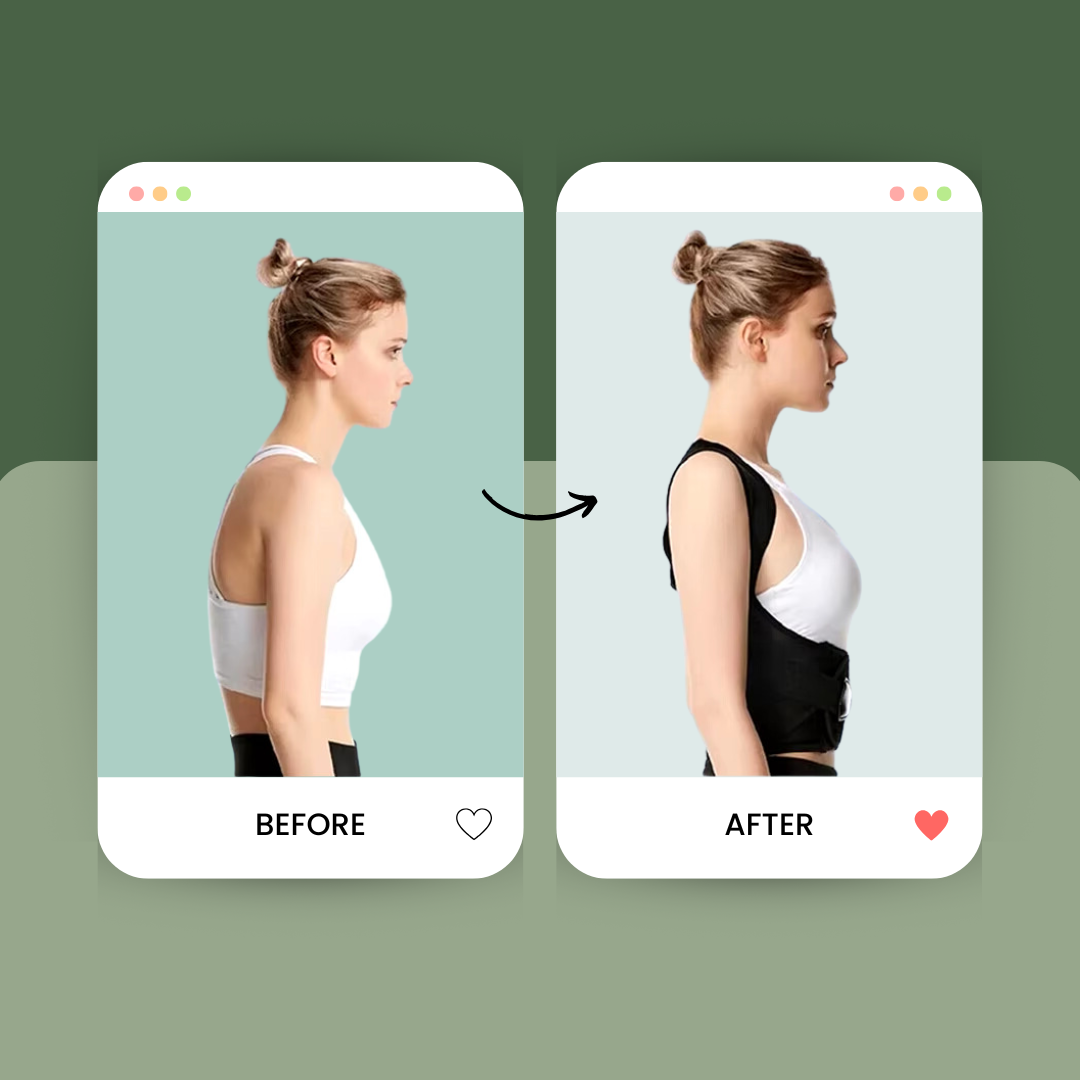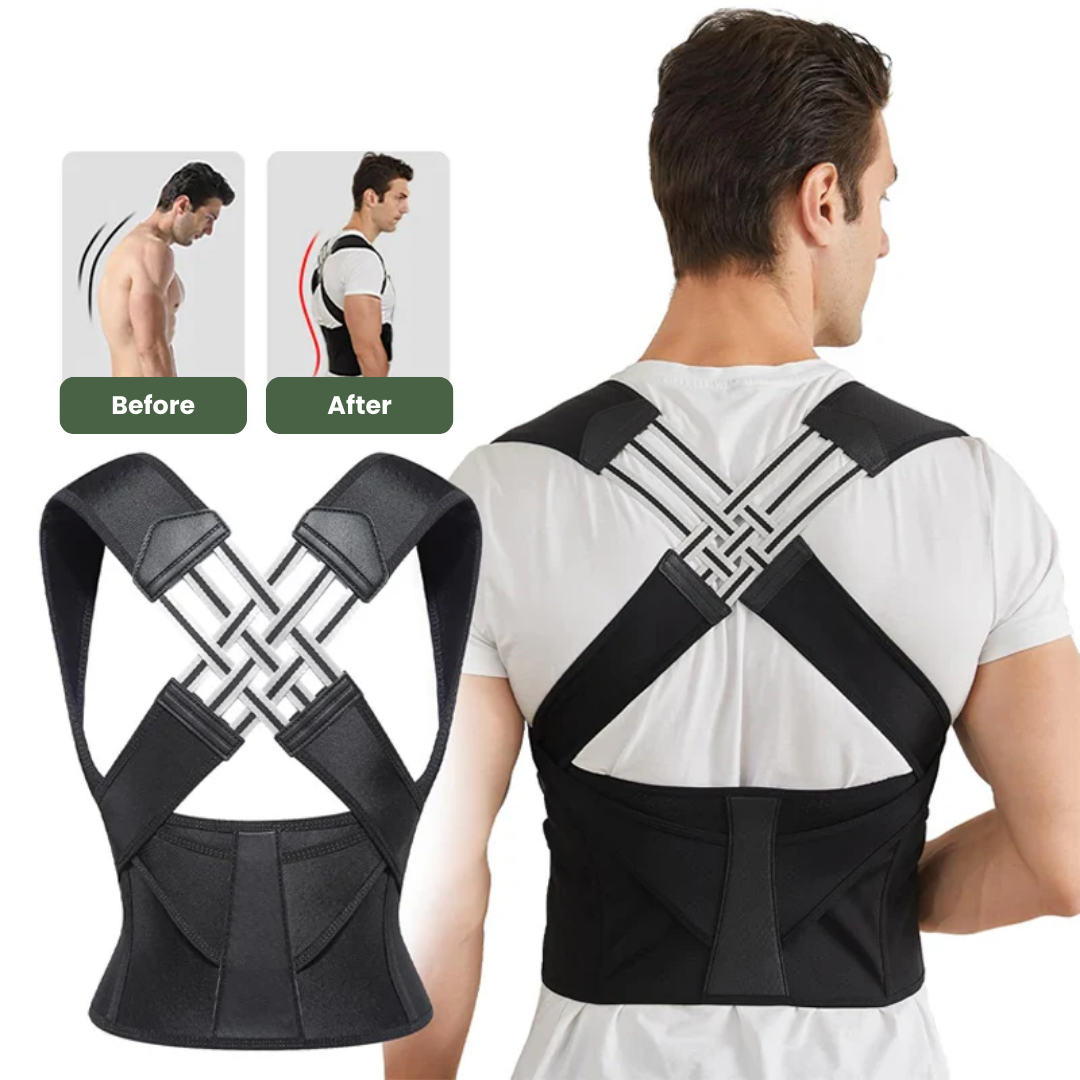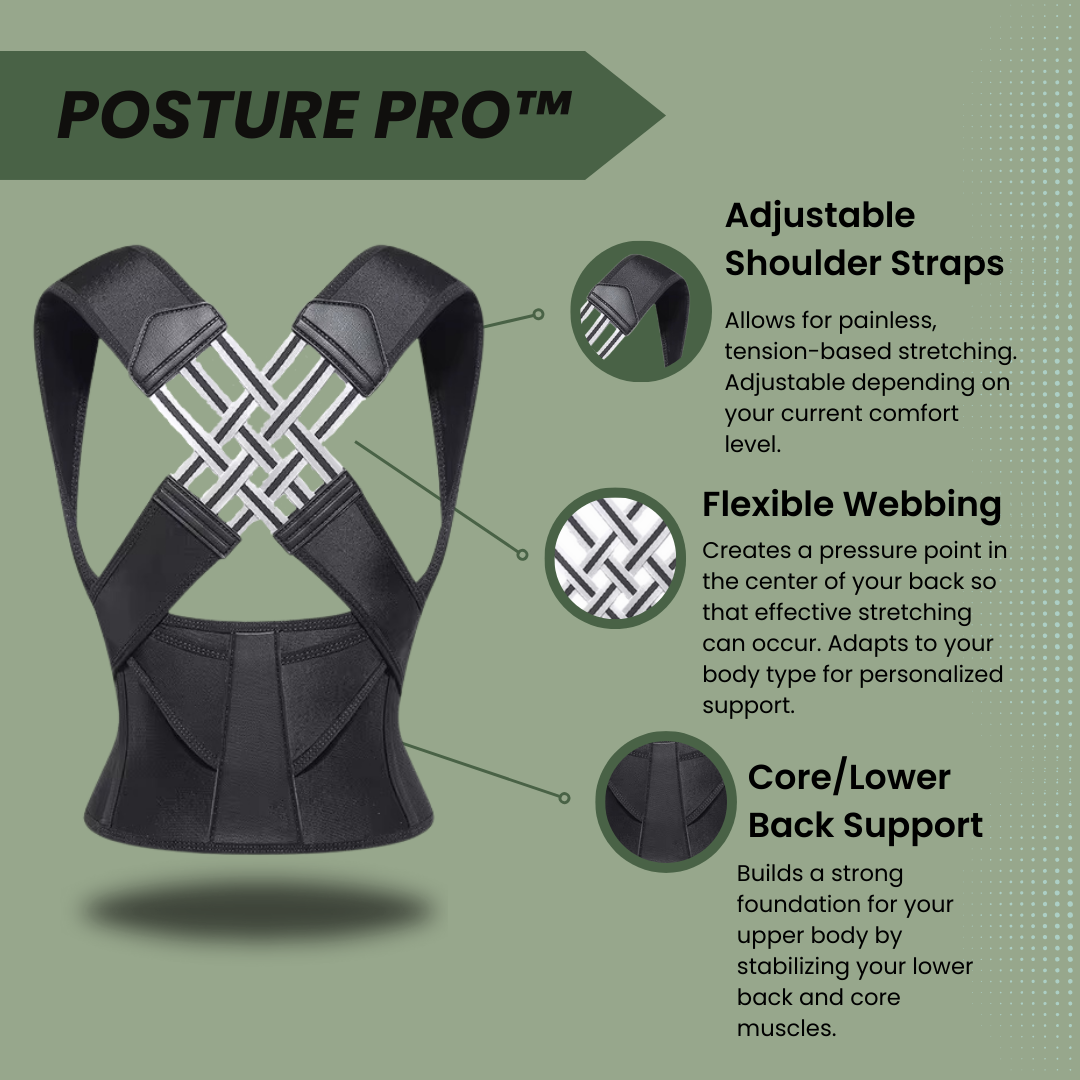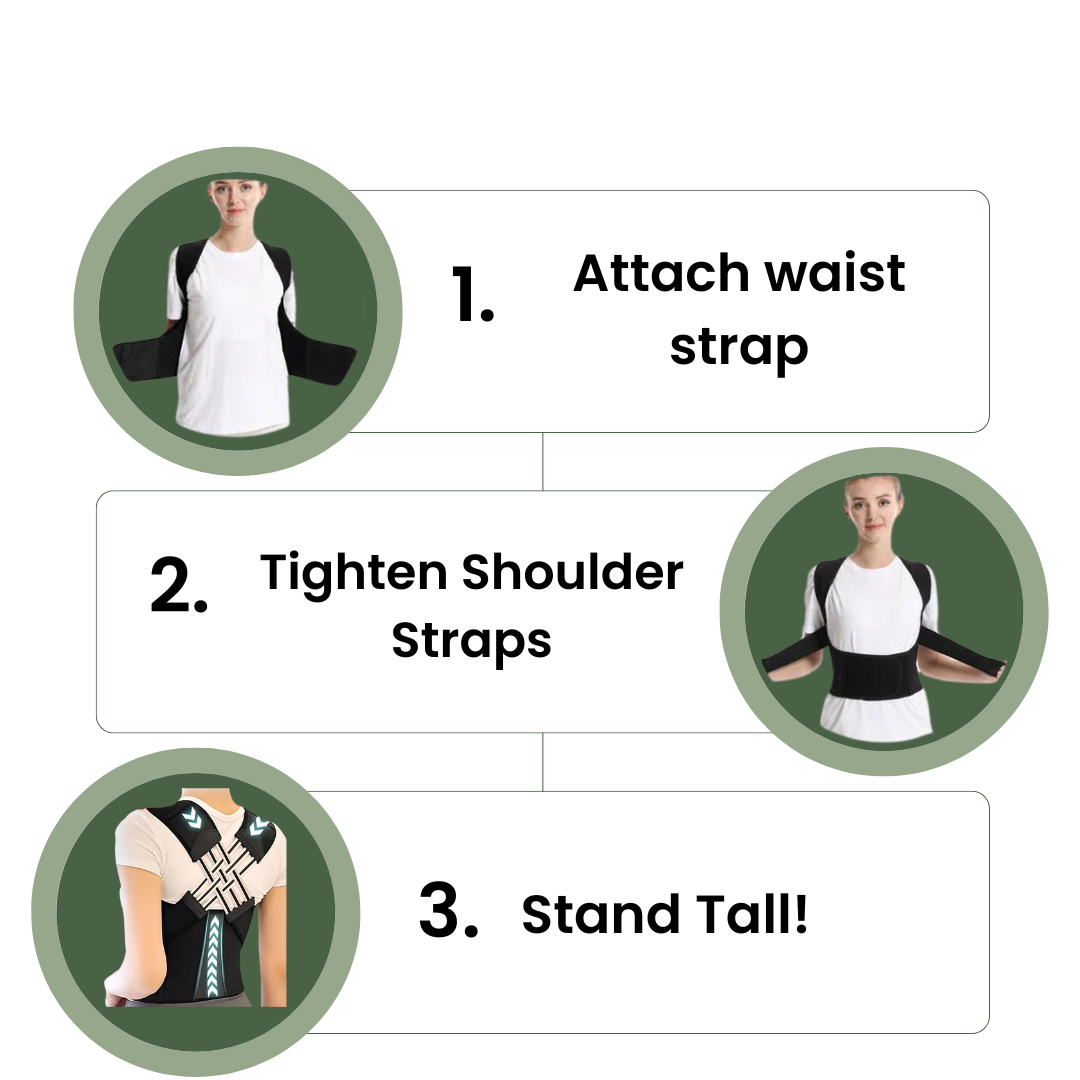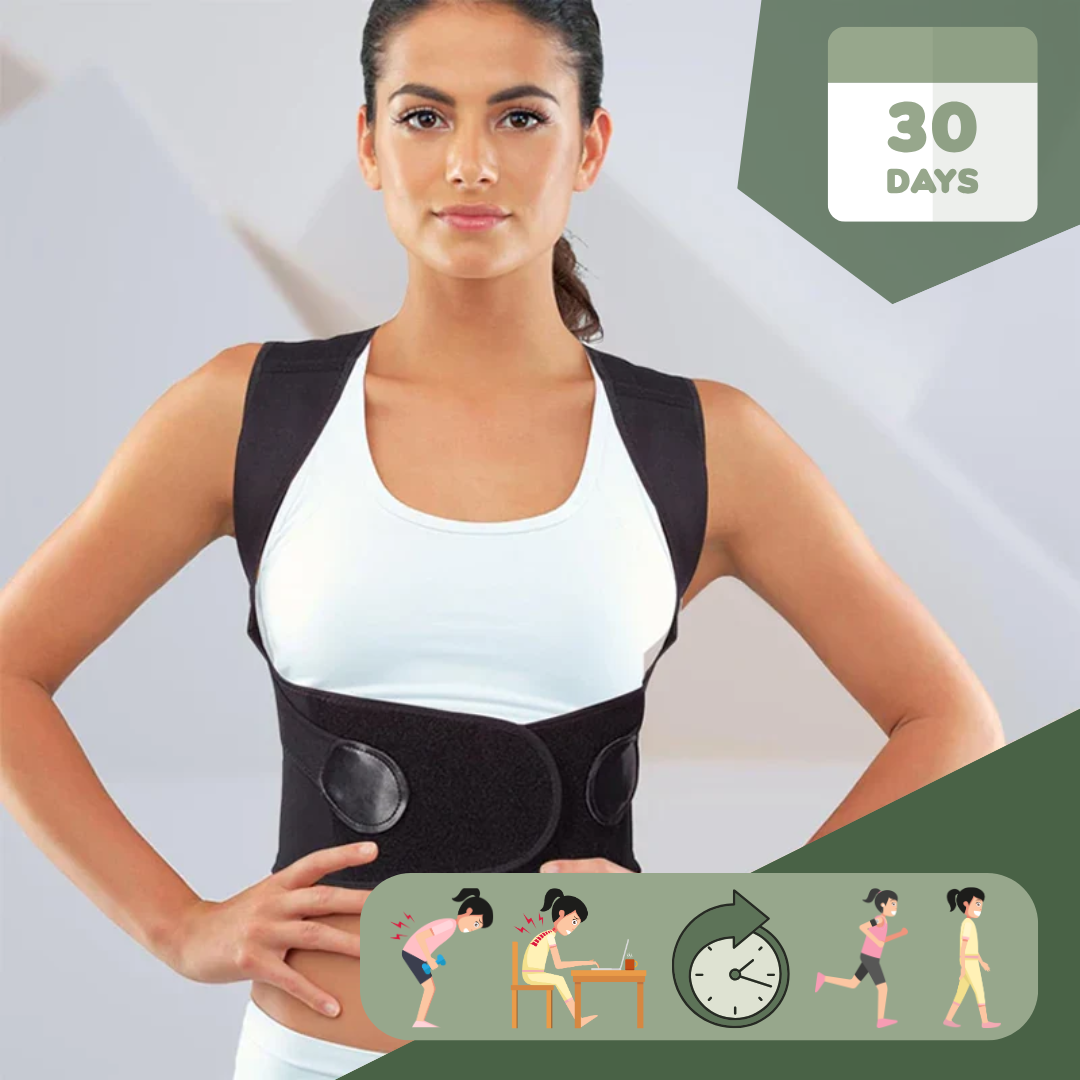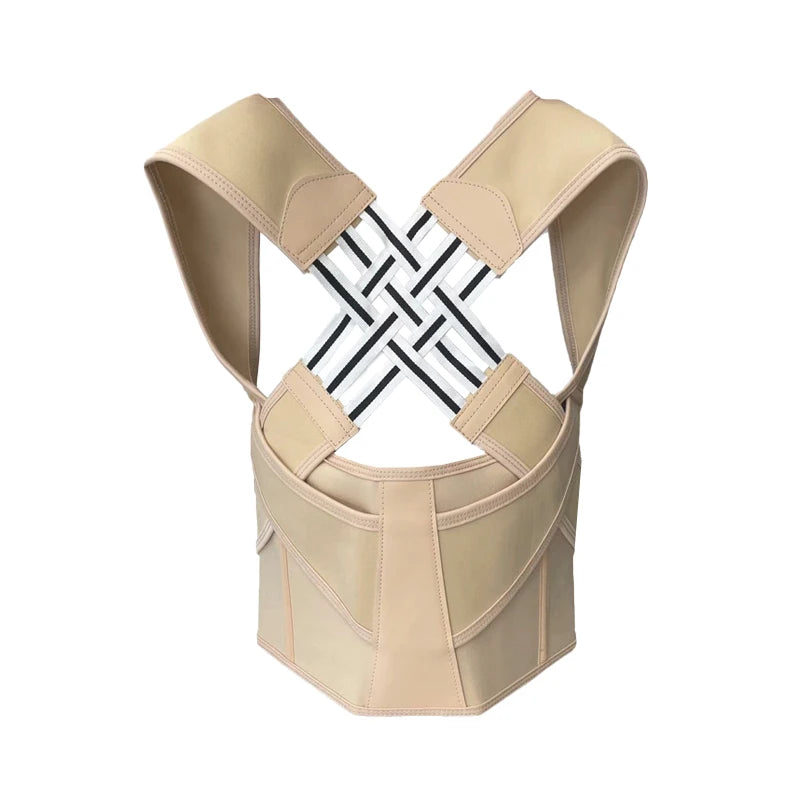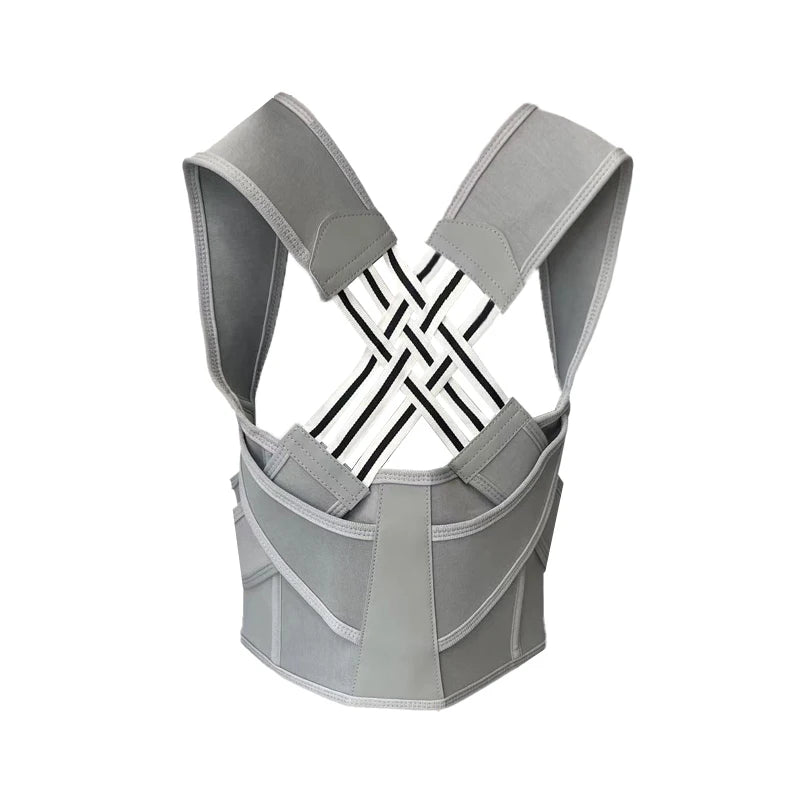Feeling sore after a workout is common. Recovery stretches after a workout can help. This article lists 10 essential stretches for muscle recovery and flexibility. Get ready to learn!
Key Takeaways
- Stretching after a workout can enhance flexibility, reduce muscle tension, and promote overall well-being. It's recommended to spend 10 to 15 minutes on postworkout stretches, holding each stretch for about 15 to 30 seconds.
- Two main types of stretching include static and dynamic. Static stretching involves holding a fixed position to improve flexibility, while dynamic stretching uses movement to prepare muscles for physical activity. Both are beneficial after exercising.
- Key recovery stretches focus on various parts of the body such as hamstrings, arms & wrists, hips with lunges, the back with cobra pose or child's pose, and calves with standing calf stretches. These exercises aid in full-body recovery and help maintain muscle health.
- Safe stretching practices include warming up before starting your routine, listening to your body’s signalswithout pushing past limits or causing pain during stretches. Also emphasized is the importance of evenly targeting both sides of the body for balanced muscle recovery.
- Incorporating breathing techniques into your stretching routine can further enhance relaxation and effectiveness. Avoid bouncing movements during stretches to prevent strain or injury.
Benefits of Stretching After a Workout
Stretching after a workout offers many advantages. It enhances flexibility and promotes muscle recovery, helping you feel better overall.
Improves flexibility and range of motion
Stretching after a workout improves flexibility and increases your range of motion. Muscles need to relax and recover, especially after intense exercise. Gentle stretches can reduce muscle tension and enhance overall mobility.
Spending just 10 to 15 minutes on postexercise stretching routine helps achieve these benefits. Hold each stretch for about 15 to 30 seconds for optimal results. This practice promotes better blood flow throughout the body, which aids in lactic acid removal.
Targeting all major muscle groups is essential during postworkout stretching. Include lower body stretches like hamstring and quad stretches along with upper body exercises such as bicep and tricep stretches.
A full-body stretch not only supports flexibility but also contributes to injury prevention by keeping muscles healthy and functional.
Reduces muscle tension and stress
Post-workout stretching effectively reduces muscle tension and stress. Gentle stretches help muscles relax after intense workouts. Stretching speeds up the recovery process by increasing blood flow to the muscles.
This improved circulation sends nutrients that aid in muscle repair. According to recommendations, spend at least 10 to 15 minutes on these cool down stretches, holding each for about 15 to 30 seconds.
Focusing on flexibility exercises can further enhance overall muscle health and reduce injury risks.
Targeting key areas like the upper body and legs delivers relief where it’s needed most. For instance, hamstring or calf stretches soothe tightness brought on by rigorous activity.
Practicing recovery yoga poses such as child's pose also encourages relaxation throughout the body. By incorporating recovery routines into your workout plan, you promote better well-being and physical performance over time.
Promotes better posture and reduces back pain
Stretching after a workout promotes better posture and reduces back pain. Targeted stretches help athletes improve flexibility and support muscle recovery. Proper alignment can minimize stress on the spine, leading to less discomfort in daily life.
Holding each stretch for 10 to 15 seconds provides muscles time to relax.
Gentle stretching also helps enhance mobility throughout the body. Stretching specific areas like the upper body and lower back can alleviate tightness. This practice encourages blood flow, contributing to overall muscle health.
Regular post-workout stretching plays an essential role in injury prevention and long-term well-being.
Increases blood flow
Stretching after a workout boosts blood flow throughout the body. Improved circulation delivers oxygen and nutrients to muscles more effectively. This process aids muscle recovery stretches by helping relieve tension and soreness.
Gentle stretching can enhance full-body recovery, allowing your body to bounce back faster after exercise.
Spend 10 to 15 minutes on postworkout stretching for optimal results. Each stretch should be held for about 10 to 30 seconds. Focusing on flexibility and blood flow not only speeds up healing but also reduces the risk of injury in future workouts.
Incorporate these techniques regularly for better overall muscle health.
Types of Stretching

Stretching falls into two main categories: static and dynamic. Static stretching involves holding a position for a set time, while dynamic stretching incorporates movement to increase muscle flexibility.
Each type serves a unique purpose in your recovery routine. Explore the differences in how they benefit your body after a workout.
Static stretching
Static stretching involves holding a muscle in a fixed position for a set time. This technique helps improve flexibility and reduces muscle tension. Athletes benefit from post-workout static stretches like the seated hamstring stretch and chest opener stretch.
Spending 10 to 15 minutes on these stretches can aid recovery. Each stretch should be held for about 10 to 30 seconds.
Targeting different areas of the body is important. Focus on your buttocks, upper body, and legs during static stretchingroutines. These movements enhance mobility and contribute to overall muscle health.
Use this method after workouts to lower the risk of injury while promoting relaxation in your muscles.
Dynamic stretching
Dynamic stretching involves moving parts of your body through their full range of motion. These movements prepare your muscles for physical activity while increasing blood flow and flexibility.
Dynamic stretches activate the body, making them great to use before a workout.
Post-workout dynamic stretching helps with muscle relaxation. It can target the whole body, including legs and upper body areas. Doing these stretches after workouts minimizes muscle tension and reduces injury risks.
Incorporating dynamic stretches into recovery routines greatly benefits overall muscle health and recovery flexibility training.
10 Essential Recovery Stretches After a Workout
After a tough workout, incorporating 10 essential recovery stretches can greatly aid your muscle relaxation and flexibility. These stretches help prevent injuries and promote better mobility.
Discover how each stretch contributes to a smoother post-workout routine for you!
Hamstring stretch
The hamstring stretch is essential for recovery after a workout. This stretch targets the muscles at the back of your legs, helping to improve flexibility. Hold this stretch for 10 to 15 seconds.
Gentle stretching decreases muscle tension and promotes relaxation in your body.
Include the hamstring stretch in your post-workout routine for better mobility. It aids in full-body recovery and reduces injury risks. Make sure to perform this exercise slowly and steadily, avoiding any bouncing movements.
Integrate other muscle relaxation stretches to ensure complete recovery after working out.
Arm and wrist stretch
Arm and wrist stretches help prevent tension and improve mobility in the upper body. These stretches can significantly aid recovery after workouts. Start by extending one arm straight out, parallel to the ground.
Use your opposite hand to gently pull back on your fingers. Hold this position for 10 to 15 seconds, then switch arms.
Incorporating these upper body stretches into your routine promotes better posture and reduces pain in the wrist area. Stretching grabs blood flow, enhancing recovery after exercise.
Spend about 10 to 15 minutes stretching for maximum benefits. Focusing on injury prevention stretches keeps muscles healthy and flexible over time.
Child's pose
Child's pose is an excellent recovery stretch for your body. This gentle position helps target the back, hips, and thighs. It promotes relaxation and eases muscle tension after a tough workout.
Holding this stretch for 10 to 15 seconds aids in full-body recovery and flexibility improvement.
You can perform Child’s pose easily on a mat. Start by kneeling on the ground and sitting back on your heels. Then, reach forward with your arms while lowering your torso toward the floor.
Breathe deeply as you hold this position. Regularly practicing this stretch can enhance overall mobility and contribute to better posture, helping reduce discomfort in daily activities.
Hip flexor lunge
The hip flexor lunge is an effective stretch for post-workout recovery. This exercise targets the hips and can help reduce muscle tension. Hold the stretch for 10 to 15 seconds for maximum benefit.
This simple move helps increase flexibility and improves range of motion in your lower body.
To perform a hip flexor lunge, kneel on one knee with the other foot in front, forming a 90-degree angle. Gently push your hips forward while keeping your back straight. Focus on breathing deeply as you feel the stretch in your hip area.
Incorporate this mobility exercise into your routine to enhance overall muscle health after workouts.
Cobra pose
Cobra pose is an excellent stretch for the back and chest. This pose helps release muscle tension after a tough workout. It promotes better flexibility while reducing stress on the spine.
Hold the position for 10 to 15 seconds to feel its full benefits.
Incorporating cobra pose into your post-workout routine enhances mobility and encourages recovery throughout your body. Stretching after a workout can significantly improve overall muscle health, including your upper body.
Standing quadricep stretch
The standing quadricep stretch targets the front of your thighs. This stretch helps improve flexibility and reduces muscle tension in that area. To perform this stretch, grab one ankle and pull it towards your glutes while keeping your knees together.
Hold the position for 10 to 15 seconds. You can repeat this on both sides for balanced stretching.
This exercise increases blood flow to the muscles after a workout. Many recommend spending 10 to 15 minutes on post-workout stretches, including upper body stretches like this one.
Holding each stretch for about 15 to 30 seconds allows your muscles enough time to relax and recover effectively. Adding mobility exercises like the standing quadricep stretch into your routine enhances overall muscle health and reduces injury risk.
Lunging hip flexor stretch
The lunging hip flexor stretch targets the hip muscles. It helps relieve tightness after workouts. This stretch improves flexibility in the hips and can reduce muscle tension. Hold this position for 10 to 15 seconds.
Perform it on both legs to maintain balance.
Using proper form is essential during this stretch. Step forward with one foot while keeping the other knee on the ground. Lean slightly into the front leg, feeling a gentle pull in your hip flexor area.
Incorporating this exercise into your routine enhances recovery after workouts and contributes to overall muscle health.
Piriformis stretch
The piriformis stretch targets the buttocks and hips. This stretch helps relieve tension in the piriformis muscle, which can cause discomfort if tight. Hold this stretch for 10 to 15 seconds to maximize its benefits.
It promotes flexibility and reduces soreness after workouts. A good routine includes stretching both sides evenly to maintain balance.
Post-workout stretching is crucial for overall recovery. Incorporating the piriformis stretch into your routine can speed up muscle recovery and support full body health. Stretching not only eases muscle tension but also enhances your range of motion, leading to better movement in future workouts.
Cat-cow stretch
The cat-cow stretch offers excellent benefits for your spine and core. It helps improve flexibility in the back and neck while relieving muscle tension. Start on all fours with your hands under your shoulders and knees under your hips.
Inhale as you arch your back, lifting your head and tailbone toward the ceiling. This position is known as "cow." Exhale while rounding your spine, tucking in your chin and pelvis to form a "cat" shape.
Hold each position for 10 to 15 seconds during this full body stretch. This movement encourages blood flow throughout the body after a workout. Incorporating this stretch into post-workout routines helps enhance recovery and supports overall muscle health, especially in the upper body areas.
Standing calf stretch
The standing calf stretch targets the muscles in your calves. This stretch helps improve flexibility and reduces muscle tension after a workout. To perform this stretch, stand with your feet hip-width apart.
Step one foot back while keeping the other foot forward. Press your heel down on the ground and feel the stretch in the back leg's calf muscle.
Hold this position for 10 to 15 seconds. Switch legs and repeat, ensuring you target both sides evenly. After exercise, this simple stretch can enhance recovery by increasing blood flow to tired muscles.
Incorporating post-workout stretching like the standing calf stretch contributes to overall muscle health and reduces injury risks effectively.
Tips for Safe Stretching
Always warm up before you start stretching. Pay attention to your body and avoid pushing past your limits.
Warm-up before stretching
Warming up before stretching is crucial for safe and effective post-workout recovery. It prepares your muscles for the stretches that follow. Warm-up activities can include light jogging or dynamic movements like arm swings and leg lifts.
These actions increase blood flow and raise muscle temperature, helping to prevent injuries.
A proper warm-up should last about 5 to 10 minutes. After a workout, dedicate at least 10 to 15 minutes to stretching. Each stretch should be held for about 15 to 30 seconds. This practice enhances flexibility and promotes recovery after intense exercise sessions.
Prioritize upper body stretches as well as lower body ones in your routine for balanced results.
Listen to your body
Listening to your body is crucial during post-workout stretching. Pay attention to any discomfort or pain. Stretching should feel good, not painful. Spend 10 to 15 seconds on each stretch.
Hold longer if needed for more relief. Gentle stretches aid muscle recovery and relax tense areas.
Your body signals when something doesn’t feel right. Adjust your movements accordingly to avoid injury. Prioritize flexibility and comfort in your routine. This practice can enhance overall muscle health and reduce the risk of injuriesover time.
Effective post-workout stretching benefits both upper body and lower body muscles.
Don't push past your limits
Pushing past your limits can lead to injury. Stretching should feel good, not painful. Always listen to your body during post-workout stretching. Focus on what feels right for you.
Gentle stretches help muscles recover effectively.
Hold each stretch for 10 to 15 seconds. If a stretch causes discomfort, ease up or stop altogether. Stretch both sides evenly for balanced flexibility. While it’s tempting to push harder, doing so can harm recovery efforts and lessen the benefits of after workout stretching.
Breathe deeply
Breathing deeply during post-workout stretches enhances relaxation. This simple practice can help reduce muscle tension effectively. Focused breathing also increases your body’s oxygen flow.
It supports recovery and promotes better flexibility.
Hold each stretch for 10 to 15 seconds while you breathe in and out slowly. Deep breaths calm the mind and body after a tough workout. Incorporating deep breathing into upper body stretches makes them even more beneficial for overall recovery.
Hold stretches for 10-15 seconds
Holding stretches for 10 to 15 seconds helps muscles recover effectively. This practice allows the muscle fibers to lengthen without causing injury. After a tough workout, gentle stretching promotes relaxation and reduces tension.
Focus on each stretch during that time frame for optimal benefits. Spend about 10 to 15 minutes on post-workout stretches to support full body recovery.
Targeting the whole body is essential in your routine. Include stretches that focus on areas like upper body, legs, and buttocks. This approach not only enhances flexibility but also decreases the risk of injury over time.
Properly executed upper body stretches play a key role in maintaining overall muscle health after exercise routines.
Avoid bouncing or jerking movements
Avoiding bouncing or jerking movements is crucial during stretching. These sudden actions can strain muscles and lead to injuries. Focus on smooth, controlled movements instead. Stretching after a workout helps reduce muscle tension in the body.
Gentle stretches allow your muscles to relax and recover effectively.
Post-workout stretches should target the whole body, including upperbody stretches. Hold each stretch for about 10 to 15 seconds without bouncing. This method improves flexibility and promotes better recovery after exercise.
Following these guidelines ensures safe and effective stretching practices that benefit overall muscle health.
Stretch both sides evenly
Stretching both sides evenly is essential for balanced muscle recovery. After a workout, each side of your body needs attention. Focusing on one side can create imbalances and lead to injury.
Stretch all major muscle groups that you used during exercise. Spend 10 to 15 seconds on each stretch for optimal recovery.
Post-workout stretching benefits include improved flexibility and reduced tension in the body. Target muscles like the buttocks, legs, and upper body equally to promote overall health.
Uneven stretching may result in tight areas on one side and weakness on the other. Incorporate stretches such as hamstring stretches or hip flexor lunges for better results after exercising.
Conclusion
Recovery stretches play a vital role after your workouts. They help improve flexibility and reduce muscle tension. Take at least 10 to 15 minutes for these movements. Focus on your whole body, targeting areas like the legs and back.
Embrace these essential recovery stretches to support muscle health and prevent injuries.
FAQs
1. What are the benefits of stretching after a workout?
Stretching post-workout offers many advantages. It aids in muscle recovery, reduces stiffness and improves flexibility.
2. Are there specific stretches I should do after my workout?
Yes, there are 10 essential recovery stretches that can be beneficial after your workout routine.
3. Can I skip stretching if I'm short on time?
Skipping postworkout stretching isn't advisable as it plays a crucial role in muscle recovery and reducing soreness.
4. How long should each stretch last for maximum benefit?
Each of the 10 essential recovery stretches should ideally be held for at least 30 seconds to reap the full benefits.



